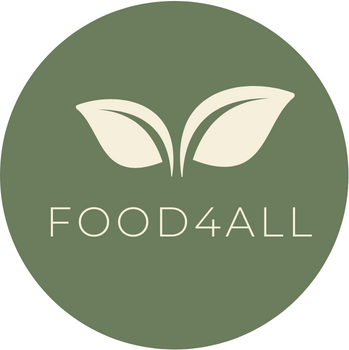The search for local begins at the closest geographic location with respect to your household. Isolated communities may consider food from long distances to be local because they are far away from adequate growing conditions for a crop (i.e., light, temperature and soil). In geographic locations where food variety is available in the necessary quantities, the boundary of local food may not need to stretch as far.
Often where the food is purchased and how farm practices are communicated will play a role in personal definitions of local food. Buying food directly from the farmer at a farmers’ market is a positive experience that provides the customer with knowledge about farm practices. On the product at a grocery store, local food concepts can be communicated by using the product’s area of origin and descriptive information on the label. This transparent communication is often valued in local food.
